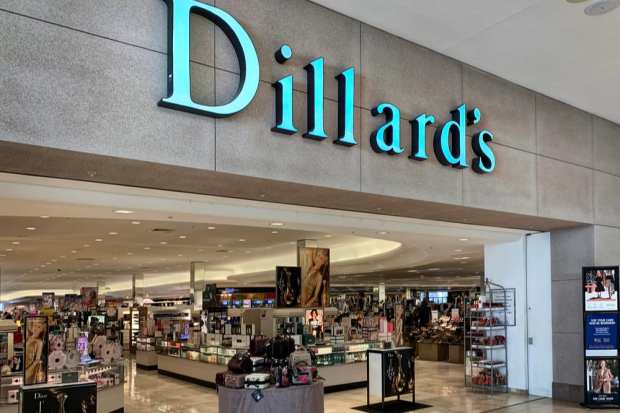Retail Reopening Hinges On Dangerous Discounts

Revenge shopping will not be a factor in the U.S. retail reopening. With all 50 states now in some phase of loosening lockdown restrictions, there were only scattered reports of large crowds or binge-buying that would compare to some of the behaviors seen in China as it reopened.
Most reports of mall reopenings and other retail post-pandemic debuts in the U.S. were tame compared to Chinese and South Korean counterparts, which had runs on luxury shopping as well as other categories of goods. Some stores did report good business, but the common denominator was preparing for that event via smart digital communications during the crisis. For example, the Dillard’s store in Kansas City reported strong traffic as did its neighbors in the city’s Zona Rosa shopping district.
“Inside Dillard’s, merchandise that should have been sold months ago is now more than 70% off the regular price. There are deals on things that are rarely discounted, like cosmetics and Kendra Scott jewelry,” reported Fox4 in Kansas City. “Down the street at Altar’d State, during the store’s shutdown, employees posted videos of their clothing marketed to young women. It worked, because when the Zona Rosa store opened on May 15th, there were lines of customers waiting to snatch up the sales.”
The station also reported that retailers who did see crowds followed strict guidelines. Only one person was allowed in the dressing room at a time, and clothes were steamed before being returned. Employees wore masks and allowed only a limited number of customers in the store.
Aptos VP of Retail Innovation Nikki Baird was not surprised that chains like Dillard’s are working hard to get shoppers back into stores, even after the retail businesses has seen a dramatic shift toward digital during the pandemic.
“These brands are still comfortable with their investments,” she says. “They know that they have all this inventory sitting in stores and even though it solved some problems to sell it online it’s better for them to tap into store inventory. The natural inclination especially for these large chains is to leverage this asset rather than to accept the natural consumer shift to online. They want them back in stores.”
Before opening most of the department store category was deeply discounting inventory to move seasonal products and drive precious revenue. Baird is concerned about the consequences of those actions, comparing it to the 2008 financial crisis where retailers responded with what she calls a “bloodbath” of discounting.
“When you look at retail challenges coming out of the financial crisis, price sensitivity was the most important,” she says. “So when I look at retailers that are trying to weather the storm through discounting, thinking it’s a one-time thing to get out of these inventory challenges, I’m concerned. If all retailers are going to market by discounting against the competition, we’re going to enter a time period that no one really wants. You’re going to kill consumer price receptiveness for far longer than this one-time event. So, for sure, this could have a big impact on the holiday season of this year. And if it is like 2009 it will have years’ worth of repercussions for how consumers see retailers and price.”
Retail and fashion brands have been trying to back away from discounting with varying degrees of success. Tapestry, owner of fashion labels Kate Spade, Coach and Stuart Weitzman, has tried not to discount, according to fashion trade publication Glossy. But the pandemic has forced its hand. Each of the company’s brands now shows heavy eCommerce discounts — up to 75 percent off on Kate Spade and 30 percent off at Coach.
“No one is immune to the effects of this one hundred year storm. We are taking aggressive actions to assure that Tapestry emerges a strong company when conditions normalize. We have powerful brands with deep consumer connections and a long history of successfully navigating global challenges and macroeconomic shocks. In addition, we have a strong balance sheet, we benefit from a multi-channel international distribution model with only modest exposure to wholesale, and a diversified supply chain,” said Jide Zeitlin, chairman and chief executive officer of Tapestry, when announcing the company’s loss for its most recent quarter. “We are building on our strengths and moving swiftly to adapt to the current environment with a focus on preserving liquidity and enhancing financial flexibility. We are accelerating key elements of the transformational work we began prior to the crisis, notably driving outsized growth in digital and creating a more streamlined and data-driven organization.”